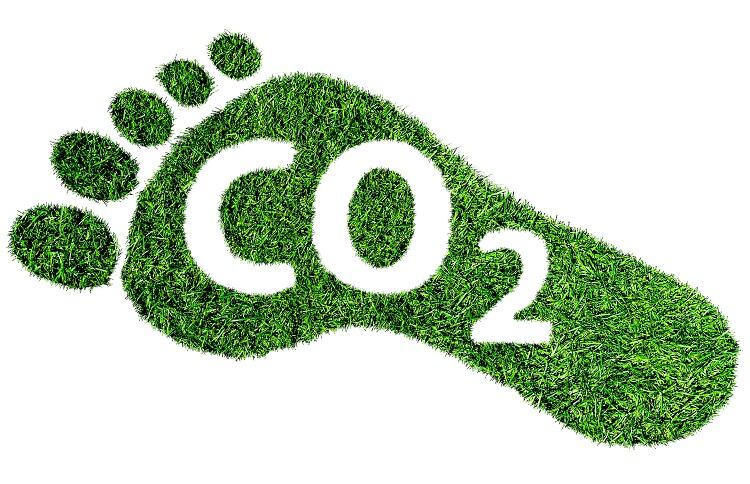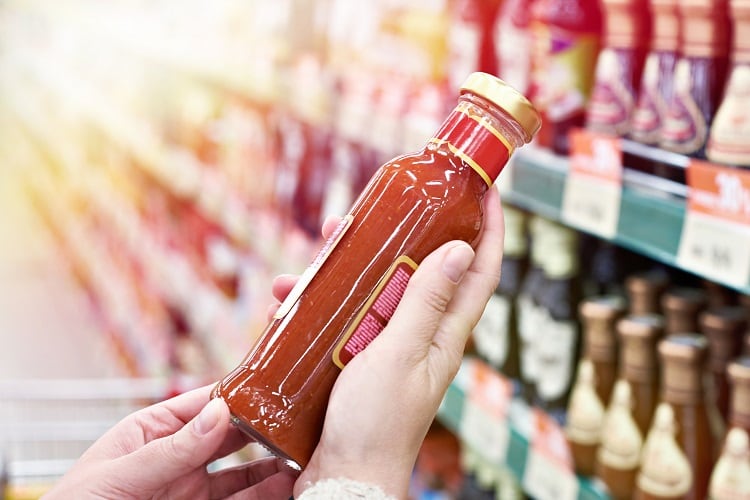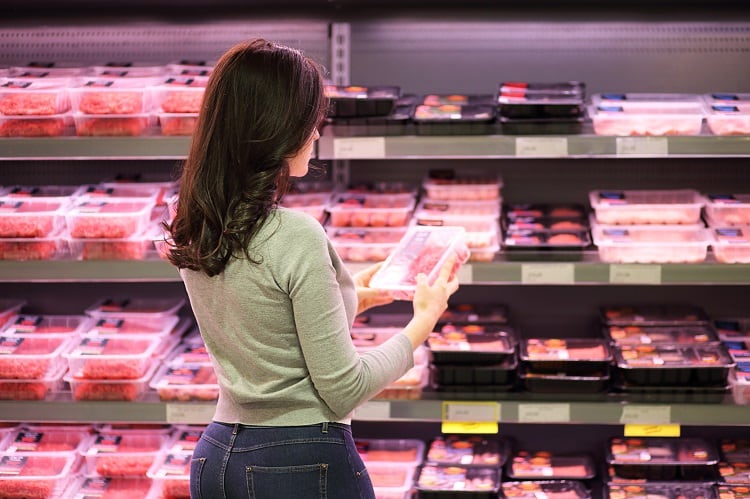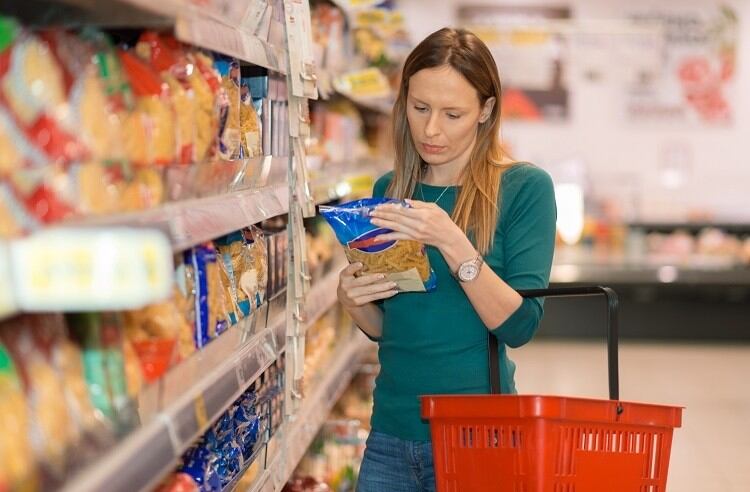It is generally understood that consumers want to know more about the environmental impact of their food. According to one recent EU study, 57% of EU consumers are receptive to environmental claims when making purchase decisions.
However, it is not known how consumers respond to the presence of CO₂e labels. A research team in Sweden has sought to find out.
Climate labels: a growing trend
The agri-food system is responsible for approximately one-quarter of all global greenhouse gas emissions.
As shoppers increasingly draw links between their consumption habits and environmental footprint, many are looking to purchase more climate-friendly food. A recent survey from Futerra, for example, revealed that 88% of US and UK respondents want brands to help them be more environmentally friendly.
Without mandatory carbon labelling legislation in place, a small number of brands have taken it upon themselves to help consumers make climate-conscious purchasing decisions. Oat drink maker Oatly, for example, introduced footprint data in 2019. The following year, meat alternative brand Quorn followed suit.
Plant-based spreads manufacturer Upfield has since done the same, and just last month, energy drink challenger brand TENZING announced its commitment to carbon labelling via a partnership with CarbonCloud.
Spotlight on protein
To better understand consumer response to the presence of carbon labels, and motivations behind such responses, researchers in Sweden conducted an online survey with 803 participants.
Survey questions focused on meat products, as current meat consumption patterns are contributing to increasing emissions levels. “This is a category where significant differences in CO₂e exist, and where the level of CO₂e is relatively high for some products,” noted the researchers.
Specifically, participants were asked questions surrounding carbon labelling for either minced meat or hybrid meat – a combination of meat and vegetable protein – products. The levels of CO₂e for each of the meat types were based on recent lifecycle assessment (LCA) reviews.

Findings revealed that one-third (33%) of respondents indicate they do not want access to climate impact information for the products. The researchers characterised these participants as ‘info-decliners’.
When both info-takers and info-decliners were asked why they want, or don’t want, to access CO₂e information, the most notable differences between the groups was their distrust in climate impact information.
“Moreover, more info-decliners agree that climate change is not caused by humans,” noted the researchers.
Do carbon labels change CO₂ emissions?
The researchers also sought to investigate the effect of CO₂e information on carbon emissions. To do this, they summarised the total amount of CO₂ equivalents from the chosen products in the control tasks and compared it with the total amount in the treatment tasks.
For the whole sample, the provision of climate impact information reduced the total of CO₂ equivalent emissions from the chosen products by 25%, they noted. “Although the reduction is larger in info-takers (32%), a reduction (12%) can still be seen among individuals who indicated that they prefer not to access climate impact information.”

Such findings indicate that for climate labels to work effectively, consumers must consider the information and change their consumption habits accordingly.
The study also suggests that some people avoid carbon information where possible, yet change their purchasing behaviour when carbon information is imposed on them.
Does this mean that mandatory, rather than voluntary, carbon labels would prove most effective? “Based on my study, I would say that a carbon label will have a larger impact if it is presented on all products, and thereby possible for consumers to compare across products,” study co-author Anna Kristina Edenbrandt from the Swedish University of Agricultural Sciences told FoodNavigator.
Edenbrandt hopes to compare the different types of climate labels, for example mandatory vs voluntary, in future studies.




